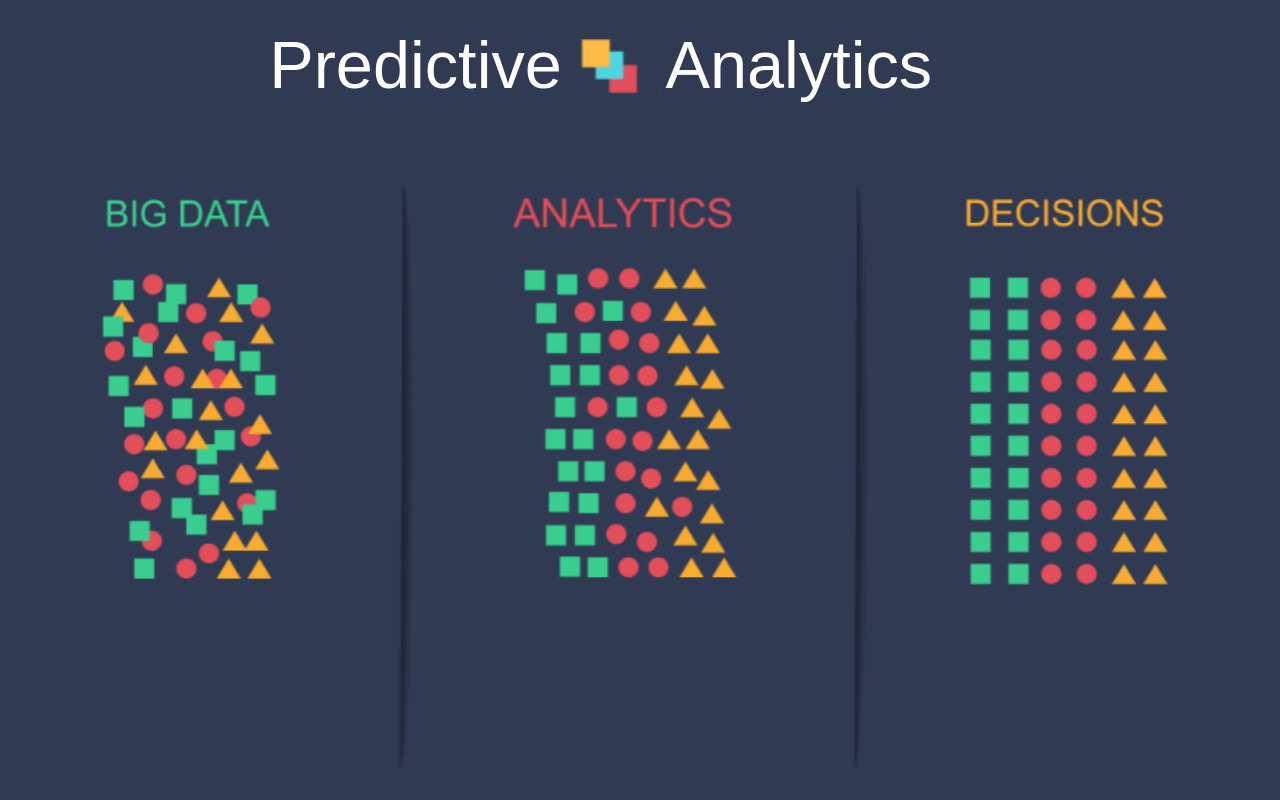A decade ago, hiring an employee was solely determined by the intuitive understanding of the employer based on the candidate’s past employments and job roles and responsibilities. Today, this method is passé because employers are intrigued by the new hiring ideology ‘Think Analytics Think Smarter’. The current vogue at work is the use of predictive analytics in the recruitment process and attrition. This has completely re-orientated the entire human resource management. And the outcome? Right candidate hired for the right role and also saving two monumental aspects of any organization — time and money.
Time to replace intuition-based hiring with predictive analytics in hiring
One of the biggest investments companies make in a year is hiring a new employee and the irony of this situation is that companies spend eons on a task that does not yield any returns. Hiring is a tedious journey — complex, time-consuming, expensive, requires competency, experience and right-decision making abilities. Are companies assessing the entire operation? Are they measuring the cost of hiring an employee? How much productive time is going for a loss? Where does predictive analytics fit into this? How does it help in reducing these adversities of hiring?
Predictive analytics uses technologies such as machine learning and artificial intelligence to help analyze the large volume of data, both historic and present, and aids in making predictions about the future or even unforeseen events. In the HR department, predictive analytics helps HR managers optimize their hiring process and minimizes the risk involved in hiring. With a clear correlation between various predictors such as quantitative research methodologies, IQ tests and cognitive assessments, predictive analytics understands the behavioral attributes of a potential candidate, trends and patterns and funnels it down to the best-fit for the role in question. Analyzing the mass data from social media channels, especially LinkedIn and Facebook, is also considered pivotal in making accurate hiring decisions.
Curtailing attrition rate using predictive analytics
It is clear to all organization that hiring an employee is cost-driven with zero returns but are these companies also aware that the cost of replacing that same employee can be excruciatingly higher than the cost of hiring. So, how do companies combat attrition? How do they improve retention? How do they ameliorate employee engagement? The solution to all these questions come through predictive analytics.
Predictive analytics examines data collected through various metrics, including attrition due to bad supervisor, by process, by commute time, by tenure, by appraisal, through employee surveys and interviews, employee feedback, and even reviews from social media and other platforms. Such data-driven analysis highlights the major causes of attrition, thus helping HR managers to bring this to the discussion table with the leaders and drive the company heads to devise a new plan of action to curtail attrition.
Some of the successful industry giants that have implemented predictive analytics in their hiring and attrition processes are Google, Salesforce, IBM, SAS, and Mastercard.
“Although predictive analytics can be used to positively impact everything from hiring and recruitment to performance management and retention, it shouldn’t be viewed strictly as an HR solution. Instead, it should be used to address the business outcomes affecting organizations on a larger scale,” said Sarah Rickerd in one of her articles “How Salesforce, Google, and Credit Suisse Apply Predictive Analytics to Hiring.”
Should others follow?
HR analytics, also known by three other terms; people analytics, workforce analytics and talent analytics, has been in the market for over a decade now. Initially, it took a slow course but today we see big companies embracing this technology because of its triumphant outcome in people-based decision making, thus augmenting the overall business performance. Applying predictive analytics in the HR system not only helps in understanding the existing state of affairs but also helps to see what is lurking ahead, thus organizations can stay ahead of their competition. Having said that, is your organization ready to embrace predictive analytics into their HR system? Is your organization still practicing the primitive hiring method? Think again.






